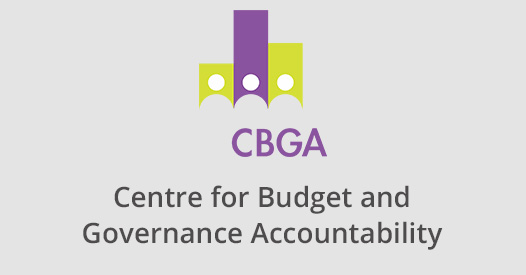Omission of women's schemes from 'Core of the Core' category of highest priority schemes is a concern.
The draft National Policy for Women brought out by the Union Ministry of Women and Child Development (MWCD) recently, has once again drawn attention to the need for “advancement, development and empowerment of women with appropriate policy prescriptions and strategies”.
In the process of development planning, the need to prioritise women’s concerns, both in the government policies and programmes, has been well-recognised since 1970s. The approach towards addressing women’s needs has, over the years, evolved from a welfare approach to a more rights-based one.
There has also been a gradual recognition of the need for policy pronouncements towards women to be backed by adequate budgetary resources. The adoption of Gender Responsive Budgeting (GRB) by the Union government in 2005-06, and by a number of states subsequently, added further impetus to this process. However, its implementation by ministries/departments in most sectors has remained fairly superficial.
The GRB exercise has remained confined mainly to reporting budgetary outlays for women beneficiaries in their schemes without bringing about changes in the design and budgetary outlays of schemes for enhancing their gender responsiveness.
Under the federal fiscal architecture in India, states account for a larger proportion of budgetary spending on public provisioning of essential services like health, education, water and sanitation on which women’s reliance tends to be higher than that of men. However, the Centre, particularly the MWCD, has also been implementing important programmes for women, particularly in sectors like nutrition and maternal entitlements where states have either smaller or no interventions at all.
While MWCD has been one of the smallest of the Union ministries in terms of budgets, the related departments in the states also have one of the smallest budgets. In some states, WCD is a division within the Social Welfare Department, which too, has a small budget. As a result, core interventions under WCD have been meagrely funded since their inception.
The Union government’s acceptance of the Fourteenth Finance Commission (FFC) recommendations which led to an increase in the states’ share in the divisible pool of Central taxes from 32 to 42% every year (from 2015-16 to 2019-20) resulted in significant re-structuring of Union Budget in 2015-16.
While this led to some increase in the quantum of resources available to the states, it also resulted in reductions in budgetary allocations by the Centre for a number of schemes. More recently, the NITI Aayog Sub-Group of Chief Ministers on Rationalisation of Centrally Sponsored Schemes presented its recommendations on sharing of financing responsibilities for the schemes.
‘Core of the Core’
The report presented a National Development Agenda, for which a set of ‘Core of the Core’ and ‘Core’ schemes have been identified. Though women do find a mention in the National Development Agenda, important Union government schemes for women have not been included in ‘Core of the Core’ schemes.
The Centre will not reduce its funding share in schemes in ‘Core of the Core’ category, while for schemes in the Core category, the states are now required to contribute a higher share (40%). Also, in times of shrinking resources, Core of the Core schemes will have the first charge on available resources. So, omission of women’s schemes from this category of highest priority schemes is a concern.
The Integrated Child Development Scheme (ICDS), the only scheme under the MWCD with substantive budgetary outlay, has been affected in 2015-16. Uncertainty regarding allocations for the scheme originated last year, following the FFC recommendations. The Central allocations for ICDS after a drastic reduction in 2015-16 Budgetary Estimate (BE), saw allocations being restored subsequently over the year.
However, uncertainty over fund sharing ratio between Centre and states meant that states hesitated from making additional allocations. In 2016-17 BE, despite clarity on the fund sharing ratio (60: 40 for general category states) and Union government allocations being retained at almost the same levels as previous years (Rs 14,863 crore in 2016-17 BE), the allocations for the scheme declined in some states. For instance, in Madhya Pradesh, the allocations for ICDS declined from Rs 2,608 crore in 2015-16 BE to Rs 2,356 in 2016-17 BE and for Maharashtra from Rs 2,916 crore in 2015-16 BE to Rs 1,307 crore in 2016-17 BE.
Other important schemes of MWCD, like those for women in distress, continue to receive meagre allocations affecting both quality and coverage of services. A case in point is the scheme for One Stop Crisis Centres, the coverage of which was scaled down from one Centre per district to one per state. Meanwhile, other vital schemes like Indira Gandhi Matritva Sahyog Yojana continue to be implemented in a pilot phase.
It is time to significantly strengthen these interventions requiring both Union and state governments to step up the priority for women in their budgets in order to achieve higher levels of gender equity in the country.


 16 June 2016
16 June 2016